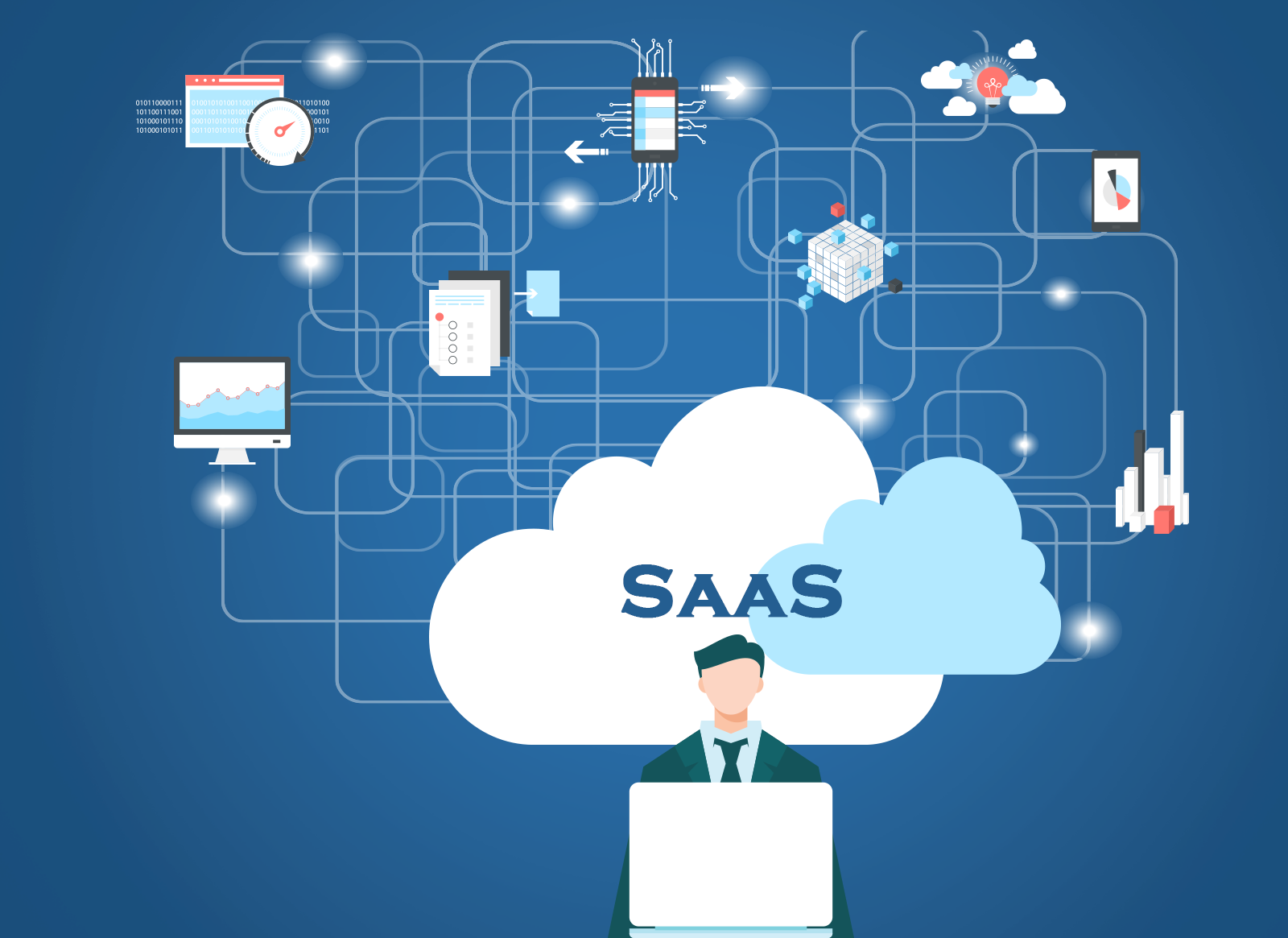If there's one unequivocal truth about the IT world: it's that we love our acronyms. They're used for almost everything. Today, we're going to focus on one that is quite common in IT vernacular but isn't quite as well known to the rest of the world: SaaS.

What's SaaS?
The first thing we should get out of the way is what exactly SaaS is an acronym for. SaaS stands for "Software as a Service". There are actually many "as a Service" acronyms, including SaaS, PaaS, IaaS, DaaS and more but today we're going to focus on SaaS.
SaaS is a different way of purchasing/consuming software for your business. Going back a ways, buy software used to be like buying most other things; you'd purchase a software license by paying an upfront fee and the software would be "yours" for however long you kept using it. You may get updates for a certain period of time (usually a year) and that was it.
SaaS approaches things a little differently. Instead of paying an upfront fee, you pay a monthly or yearly fee on a recurring basis. Your business may already be relying on SaaS. Some of the more widely used platforms include:
- Microsoft 365
- Salesforce
- HubSpot
- MailChimp
- Shopify
- SurveyMonkey
- Canva
- Slack
SaaS is widely considered the future of software licensing as it allows software developers a more consistent revenue stream, allowing them to more easily continue to provide updates and patches to their software which, in today's security landscape, is extremely important.
Some SaaS applications are built the way they are by necessity. Some features of the software rely on cloud services like storage or processing which carries a recurring fee. Some platforms like Hubspt and Canva are entirely web-based which means there is no software to install on your physical computers and can be accessed from anywhere. These features necessitate a recurring fee.
The pros and cons of SaaS
While at first it may seem like a drawback, having to pay continuously for software instead of just a one-and-done transaction, SaaS has several inherent benefits which make this model a good value. Things like continuous updates and development mean you'll be getting new software features and updates on a regular basis. It also offers continuous support as opposed to time-limited support from perpetual-licensed software. Finally, it offers much more flexible scalability options. With most SaaS solutions, you can add and remove licenses as-needed instead of buying a software license and then being stuck with it if an employee leaves. These are just some of the benefits to the SaaS model.
Now while the benefits mentioned above make SaaS a very attractive model for business, there are several other things which often go along with it to consider. For starters, the biggest biggest question to ask when it comes SaaS offerings is "who owns the data?". The answer to this question often varies from offering to offering. While some solutions like Office 365 effectively leave you in complete control of your data, other offerings aren't always so flexible. This becomes important in the event you decide to change software and how you approach migration.
The other major consideration is security. With more traditional software offerings, your company takes on more responsibility for securing your software and data. With SaaS offerings, much of the security responsibility falls on the vendor. While this may seem like a good thing at first, it becomes much more important to thoroughly vet any SaaS vendors you do business with from a security standpoint as it becomes entirely possible a security breach occurs which affects you and your customers, but you have no control over.
The future of business software
SaaS companies are booming. Businesses are relying more and more on these technologies, and SaaS spending has grown 50% in two years. The convenience and benefits which SaaS provides to customers make it the de-facto way for software vendors moving forward. However, some concerns should, and do, exist which makes considering any SaaS solution a decision which should be made carefully.
Having a process for vetting new potential software vendors is extremely important with SaaS. Setting up this process now will help ensure you're business is prepared for the future of software offerings.